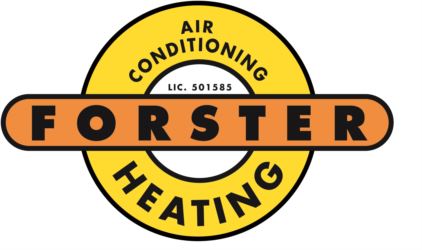As the weather starts to cool off, you are probably wondering about how you’ll take full advantage of your heating and cooling. After all, HVAC expenses routinely add up to a big portion of your monthly electric bill. To try and find ways to save, some people take a closer look at their thermostat. Maybe there’s a setting they can use to increase efficiency?
The bulk of thermostats come with a ‘Fan’ or ‘Fan On’ setting. But if the fan is running during a regular cycle, what does the fan setting offer for your HVAC system? This guide can help. We’ll walk through just what the fan setting is and how you can use it to save money over the summer or winter.
My Thermostat Has a Fan Setting?
For most thermostats, the fan setting means that the system’s blower fan stays on. A few furnaces will run at a low level with this setting, but in general heating or cooling isn’t being produced. The ‘Auto’ setting, conversely, will run the fan during a heating or cooling cycle and turn it off after the cycle is finished.
There are advantages and disadvantages to trying the fan setting on your thermostat, and what’s ideal {will|can|should]] depend on your distinct comfort preferences.
Advantages to utilizing the Fan/On setting:
- You can keep the temperature throughout your home more uniform by allowing the fan to keep running.
- Indoor air quality will be highest as continuous airflow will keep forcing airborne pollutants through the air filter.
- A smaller number of start-stop cycles for the HVAC fan helps expand its life span. Because the air handler is often connected to the furnace, this means you can avoid needing furnace repair.
Drawbacks to utilizing the Fan/On setting:
- A constant fan could increase your energy bills somewhat.
- Constant airflow may clog your air filter soon, increasing the frequency you’ll need to replace it.
Which Setting for My Thermostat? Fan or Auto in Each Season
In the summer, warm air will sometimes stick around in unfinished spaces such as the attic or an attached garage. If you keep the fan running, your HVAC system can draw this warm air into the rest of your home, compelling the HVAC system to work harder to preserve the preferred temperature. In severe heat, this can result in needing AC repair more often as wear and tear increases.
The reverse can occur during the winter. Cooler spaces like a basement will hold onto cooler air, which can eventually drift into the rest of your home. Leaving the fan running will sometimes pull more cold air upward, increasing the amount of heating you need to remain warm.
If you’re still trying to decide if you should try the fan/on setting, remember that every home and family’s comfort needs are different. Leaving the HVAC system’s fan on could be ideal for you if:
Someone in your household deals with allergies. Allergies and similar respiratory conditions can be tough on the family. Leaving the fan on can help to enhance indoor air quality, helping your family breathe easier.
Your home has hot and cold spots. Many homes wrestle with stubborn hot and cold spots that quickly return to a temperature different from the rest of the house. The fan setting should help minimize these changes by consistently refreshing each room’s ventilation.



